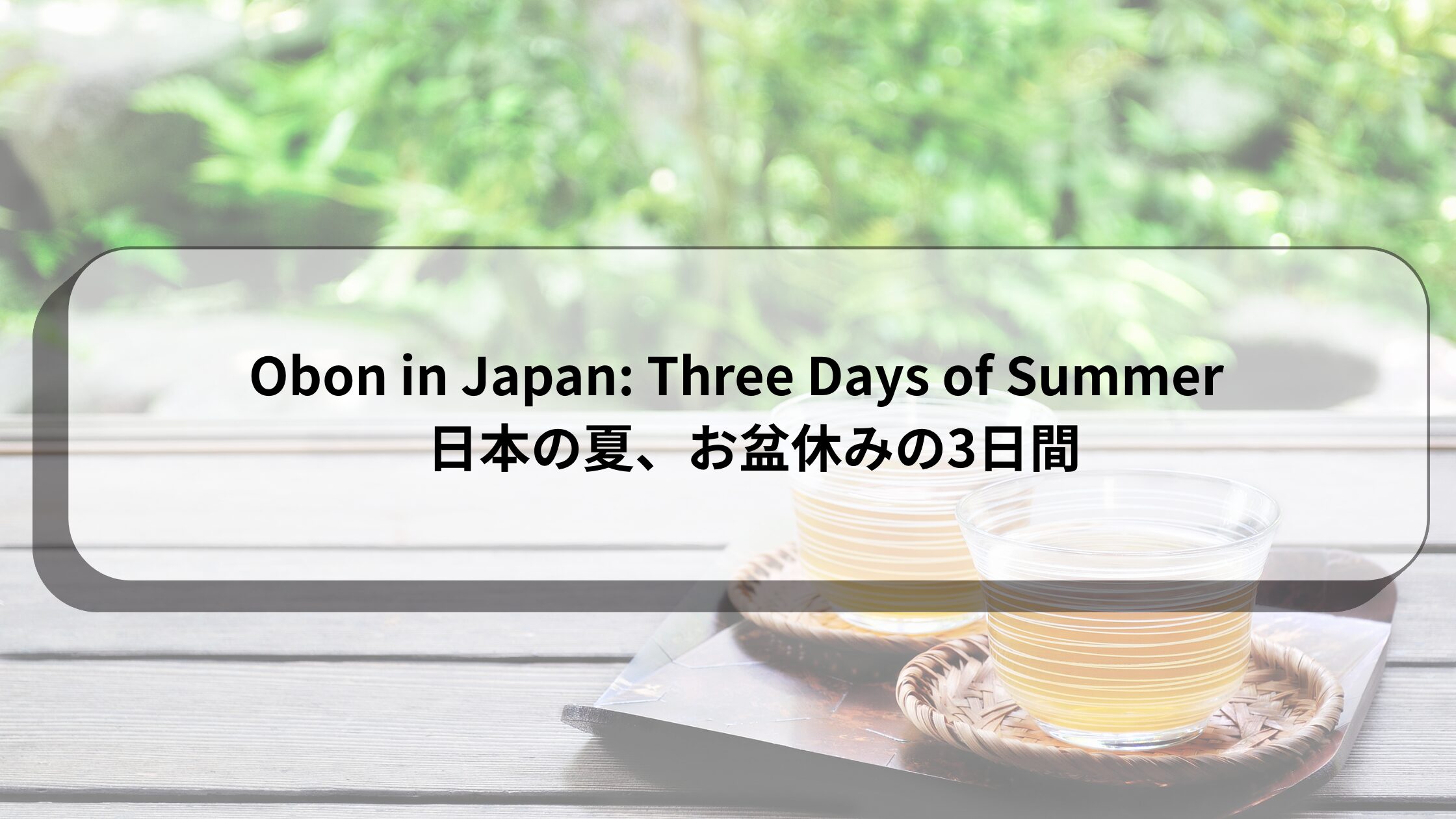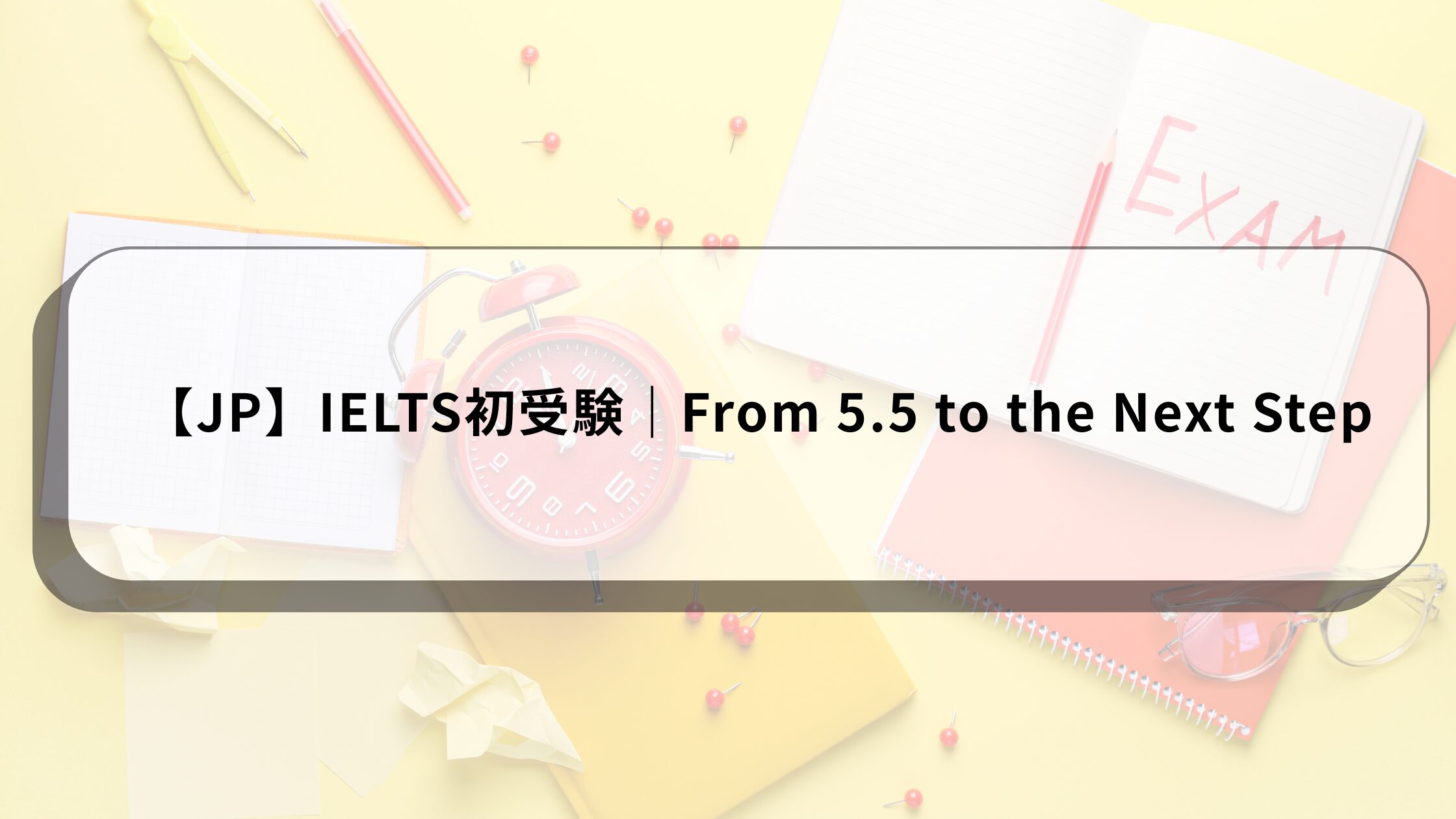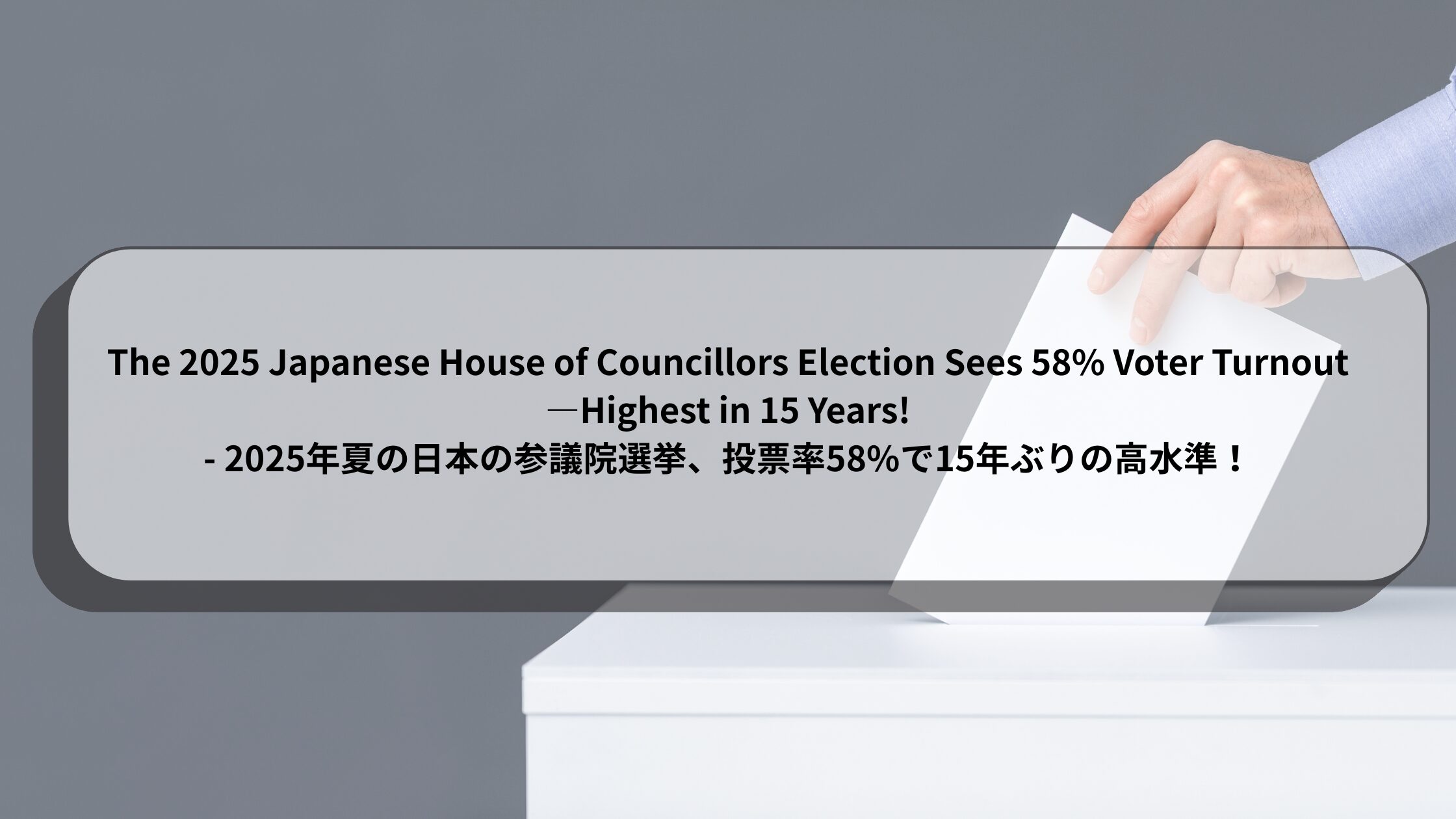Obon in Japan: Three Days of Summer (Aug 13–15) / 日本の夏、お盆休みの3日間

Many trains and highways are packed during Aug 13–15—three days that, to me, symbolize summer in Japan. Companies often make it easier to take time off, so plans naturally include “going home” and “visiting graves.”
8月13日〜15日は、電車も高速も混み合う、日本の夏を象徴する3日間。多くの企業が休みを取りやすく、予定には自然と「帰省」「お墓参り」が並びます。
Beneath it all is a quiet practice: remembering our ancestors. Even if the form thins over time, the unseen connection remains.
その奥にあるのは“先祖を想う”という静かな文化。形が薄れても、目に見えないつながりは残っています。
What is Obon?
Typically, Aug 13–15 is the “homecoming window.” We light mukaebi (welcoming fires) to guide ancestors in, and okuribi (farewell fires) to send them off. Traditionally, relatives gather and share a meal together.
一般的に8/13〜15は“夏の帰省どき”。始まりに迎え火、終わりに送り火。小さな灯りでご先祖さまを迎え、そして送り出します。親戚が集まり、食卓を囲む——それが伝統的なお盆です。
Our Summer This Year (My son’s “firsts”)
This year we took the Shinkansen as a family—visited graves, joined a local summer festival, watched fireworks from home, and even had a class reunion.
今年は新幹線で夫と息子と帰省し、お墓参りと地域の夏祭り、家からの花火、同窓会を楽しみました。
As a child, our “rule” was backyard BBQ while watching fireworks.
We don’t gather as often now that cousins and we are grown, but the fireworks continue.
Even from the balcony for a short while, each boom made my son squeeze my finger—reminding me that Japan’s summer still lives on, even as our ways change.
子どもの頃は庭でバーベキューをしながら花火を見るのが“お約束”。
いとこも私たちも大人になり集まる機会は減りましたが、花火大会は今も続いています。
ベランダから少しだけ眺める花火でも、ドンと鳴るたび、息子が指をぎゅっと握る——過ごし方は変わっても、日本の夏は確かに続いていると感じました。
What I Hope to Pass On
My grandmother’s table overflowed—nimono (simmered dishes), karaage, chilled tomatoes. That big table is folded now, and honestly, I feel the loss.
祖母のごちそうで埋まった食卓——煮物、唐揚げ、冷やしトマト。あの大きな食卓は畳まれ、正直、寂しさを感じています。
Still, we keep the habit of welcoming and farewell lights.
I often visit outside the exact dates, simply placing my hands together at the family altar and letting my thoughts reach our ancestors.
I want to pass on that small gesture to my son.
それでも、迎え火と送り火の習慣は続けています。
お盆から時期をずらして帰省することも多いので、お仏壇に手を合わせ、ご先祖さまに想いを馳せます。
この小さな所作を息子にも手渡したいと願っています。
How Obon Is Changing
Recent years brought scaled-down events, diverse work and family styles, and intense heat.
Fewer families gather on the same day; more choose “staggered homecomings.”
Yet the act of quietly putting hands together remains—just in different forms.
近年は行事の縮小・中止、働き方や家族の形の多様化、酷暑の影響もあります。
みんな同じ日に集まることは減り、“分散帰省”を選ぶ人も増えました。
それでも“それぞれのやり方で手を合わせる”形へと変化しているのだと思います。
If We Move to Australia
In Australia, August isn’t a major holiday period—it’s a regular work month for most people. The long summer break is mid-December to late January.
オーストラリアでは8月は大型休暇期ではなく、ほとんどの人にとって通常運転の月です。長い夏休みは12月中旬〜1月末です。
So returning to Japan every Obon may not be realistic every year—but the intention can travel.
つまり、毎年お盆に合わせて帰省するのは難しいかもしれませんが、“気持ち”は持っていけます。
A 30-Minute “Mini-Obon” You Can Keep Anywhere
- Light: one small light at the door or balcony (use an LED candle if open flames aren’t allowed).
灯り:玄関やベランダで小さな灯りを1つ(火気NGならLED)。 - Scent: incense or a favourite tea to switch your senses on.
香り:線香や好きなお茶で五感のスイッチを入れる。 - Connection: a short call with family; or join a local Japanese cultural event (e.g., Bon-odori themed activities in Sydney—check the latest listings).
つながり:家族とオンライン通話/近隣の日本文化イベントに参加(例:シドニーのBon-odori関連イベント※最新情報を要確認)。
Even far from home, I want to keep that quiet intention—hands together, one small light.
遠く離れた地でも、小さな灯りと手を合わせる気持ちを、大切にしていきたいと思います。



コメントを残す